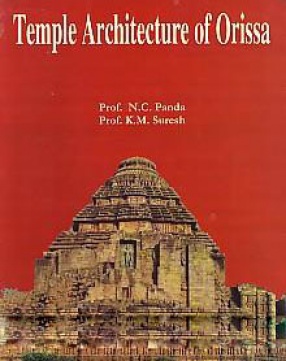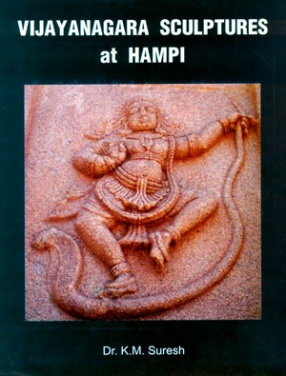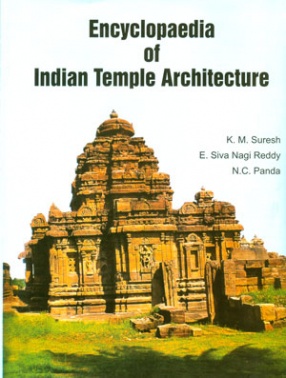The Vitthala temple is one of the biggest and best examples of true typical Vijayanagara style of 15th century A.D., situated on the southern bank of Tungabhadra River in the Vitthalapura at Hampi, Hospet taluk, Bellary district in Northern Karnataka. Hampi is now a small village, once played an important role as the capital of Vijayanagara Empire, who ruled from 1336 to 1565 A.D., and shifted their capital from Hampi to Chandragiri and Penugunda in Andhra Pradesh, after the battle of Rakkasigi-Tangadigi at Talikota in1565 A.D.
The whole Vitthala temple complex on plan consists of a garbhagriha, antarala, pradkashinapatha around garbhagriha and antarala, sabhamantapa or navaranga with mukhamantapa, towards north and south, mahasabhamantapa or maharangamantapa with entrances on three sides, towards east, north and south, kalyanamandapa, uyalamandapa, bhoamandapa, nuru kambadamantapa, Amman shrine, parivara shrines, vahana shrine in the form of a stone chariot and enclosed by a high walled prakara with three gateways on the east, north and south and gopuras. The gateways are intact and upper portion of gopuras are in ruined condition. The Vitthala temple was in full swing, active and the image of Vitthala was worshipped till 1565 A.D., when Vijayanagara was taken and sacked after the battle of Rakkasigi-Tangadigi at Talikota.
The Chapter I and II deal with Introduction and Historical Perspective Vijayanagara dynasty. The Chapter III and IV deals with Religious Background and Characteristic Features of Vijayanagara Temples. The Chapter V and VI deals with Builders of the Temple and Architectural Description of the Temple Complex. The Chapter VII and VIII deals with Salient Features of the Temple Sculptures and Iconography and Temple served as Socio-Religious Institution. The Chapter IX deals with contemporary and similar type of Vitthala temple at Mulabagilu in Kolar district and the Chapter IX is a Conclusion with sum up of all the chapters.








There are no reviews yet.